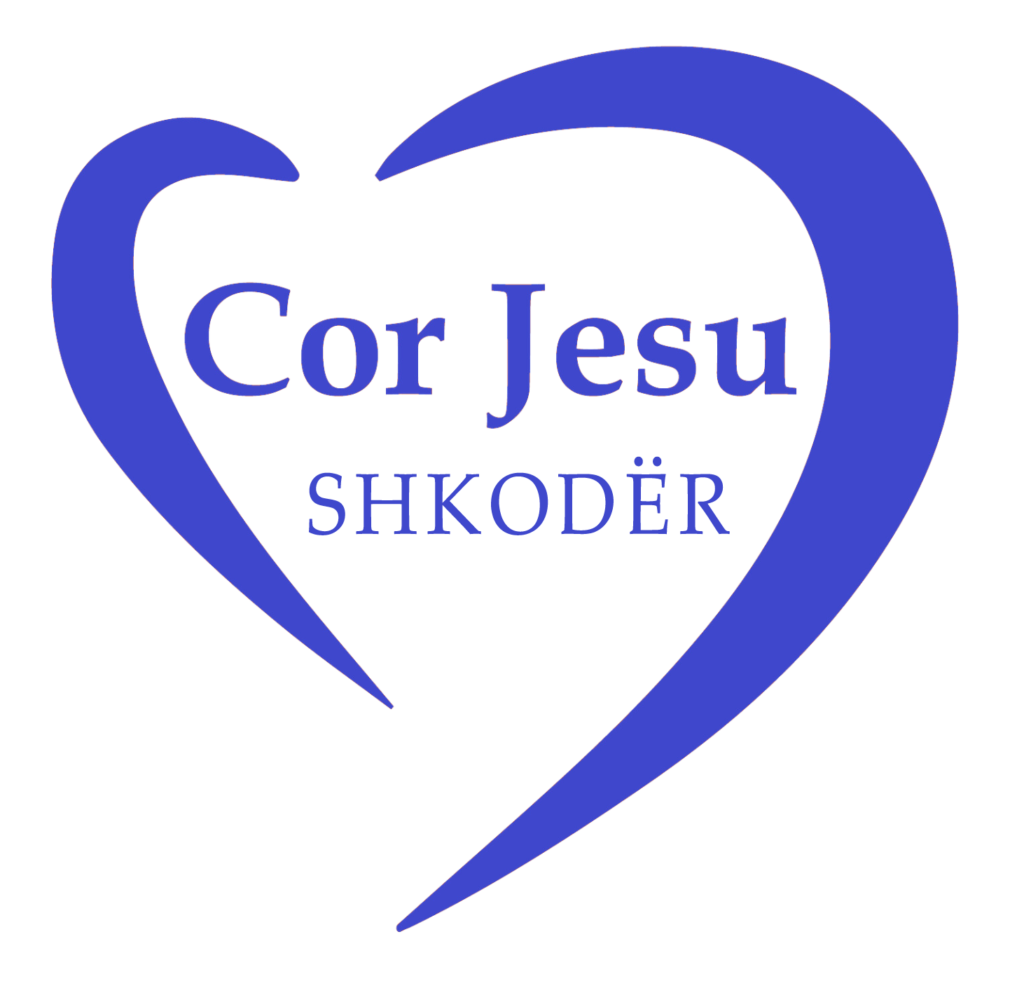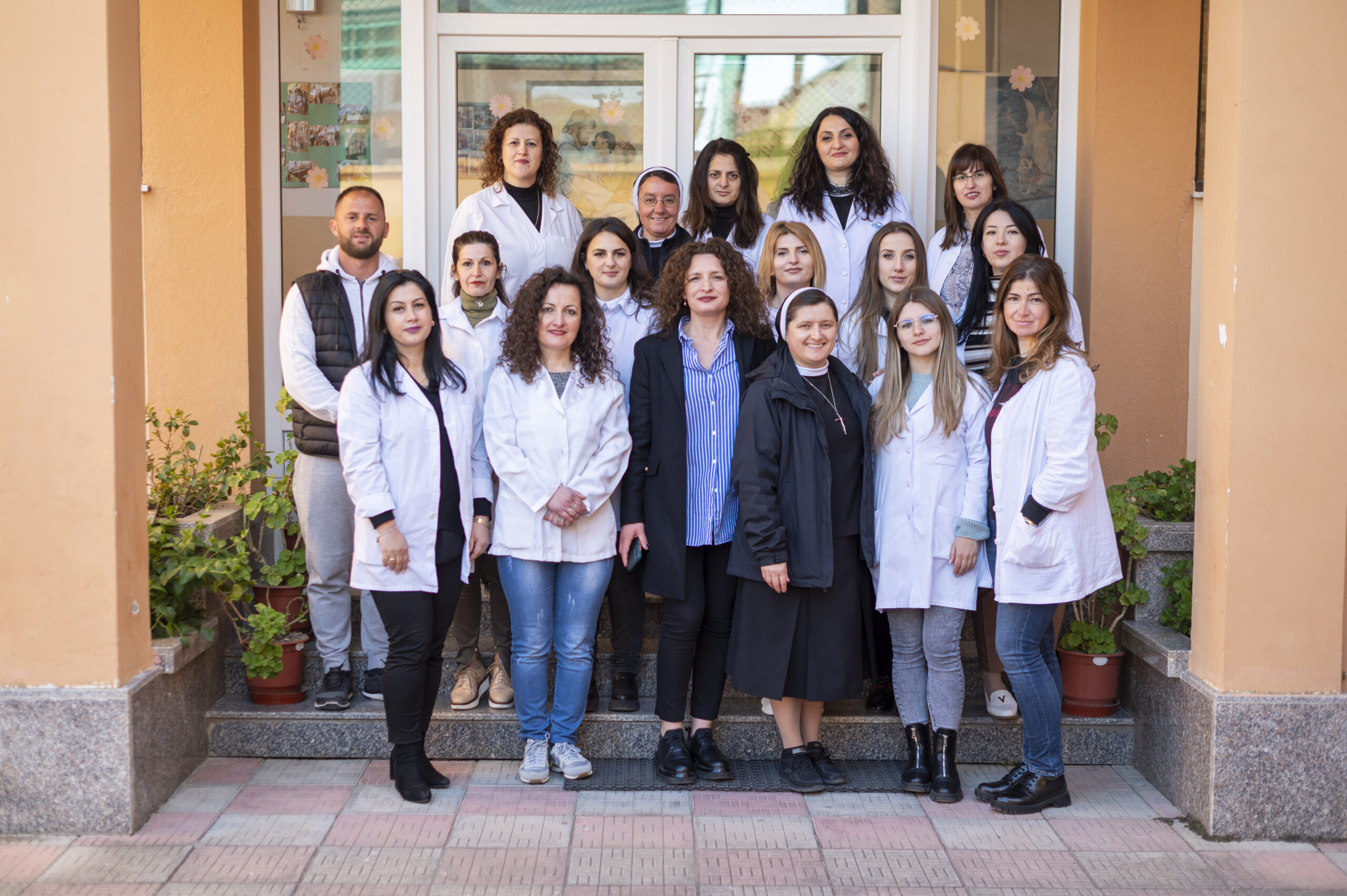Folktales, myths, and the life of nature accompany children’s growth. Myths arise from a deep human need to answer big questions about the origin of the universe and humanity: they belong to the collective heritage of peoples and often, despite being elaborated by geographically distant peoples from each other, they show extraordinary similarities.
The images we show work according to analogy and allow the child to recognize their important inspiration in the growth process.
In myth or tale, the child follows the hero figure, the obstacles encountered in achieving a common good, and experiences the joy of overcoming them.
Fairy tales and myths are able to communicate with the magical world of children composed of feelings and emotions. The teacher does not only give explanations, but through storytelling, depending on the age, she leads them to animation, pictorial production, listening to suitable musical pieces, which can support those who face the world and need help to understand it.
Therefore, the originality of the growth process of each child is for us the reference point for modulating the timing and rhythms of programming teaching.
Human values are potentially present in the child: the educator’s task is to create ideal conditions for him to express and realize them in the social-cultural context of the class.
In accordance with H. Gardner’s theory of multiple intelligences, Cor Jesu recognizes the emotions and relationships that have an equal value to that of pure knowledge:
The stimulation of emotional intelligence (P. Salovey and J.D. Mayer), together with those of logical-mathematical, linguistic and creative intelligence, has resulted in being essential for the formation of complete, deep and self-aware individuals.
Relationships with families and collegial bodies.
The educational alliance between the school and families supports the child’s growth.
During class assemblies, teachers share educational phases and class life with families. The school is open to parents’ contributions, who besides taking up appropriate positions in collegiate bodies (School Council, class representatives), participate in organizing common events (such as school celebrations and open days), follow important aspects of activities, and can be involved after planning with the class teachers. Class representatives (1 for each class) are elected by the children themselves at the beginning of each school year.
Individual conversations between families and teachers allow them to focus on the child’s educational path and get to know them as a whole, develop projects that support and strengthen them.
Meetings on educational and cultural issues are an opportunity for parents and teachers to discuss and dialogue.
The School Board consists of 12 members (1 teacher, 9 class representatives, 1 representative of the administrative staff, and the board chairman). The School Board has the competence to decide on the organization and planning of school life and activities (school calendar, criteria for planning life and implementing tours with a guide, educational trips, and extracurricular activities).
The School Senate is composed only of students from the 5th to the 9th grade (2 per class) and has one teacher as an advisor and a chairman selected by the students themselves. The Senate meets once a month to discuss various issues.


